4 Common Handwashing Mistakes
Handwashing is important to reduce the spread of infection. We pick up infections daily by touching contaminated surfaces, then touch our hand to our mouth, nose, or eyes. There are some infections that are airborne, but most are spread through contact with the hands. According to the CDC, handwashing can prevent about 30% of diarrhea-related sicknesses and about 20% of respiratory infections.
Handwashing takes on an especially important role during the winter months, so I thought I’d share with you the 4 most common handwashing mistakes that people tend to overlook.
-
-
- Not washing when you should
After using the bathroom is not the only time you should be washing your hands. You should be washing them before, during, and after preparing food, after touching garbage, after blowing your nose, coughing, or sneezing, and after touching an animal, animal feed, or animal waste. - Not washing long enough
Many people tend to wash their hands for only 5 or 10 seconds but scrubbing your hands for at least 20 seconds is recommended. Need a timer? Hum the “Happy Birthday” song from beginning to end twice. - Not completely drying your hands
Drying your hands is an essential part of handwashing. Germs love wet, moist areas so making sure your hands are fully dry will help prevent bacteria from spreading on your skin. - Touching germy surfaces directly after
If you wind up touching contaminated surfaces such as the faucet handles or door handle after handwashing, it becomes ineffective. Try using a paper towel when turning off the faucet or reaching for the door handle.
- Not washing when you should
-
If you find yourself in a situation where there is no running water, use hand sanitizer. It doesn’t work nearly as well as soap and water, but does help.
No matter where you find yourself, good hand hygiene can protect and prevent you, your family, and others from illnesses.
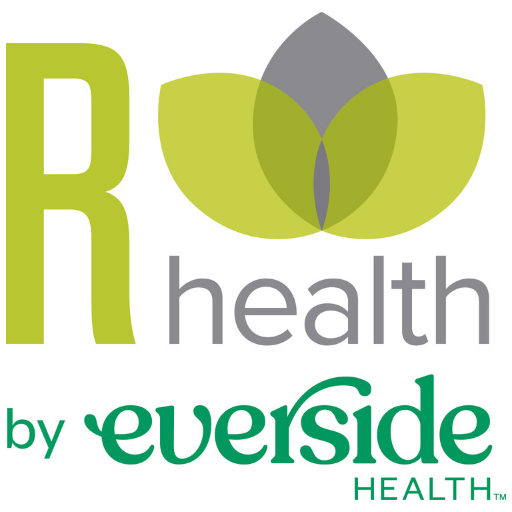
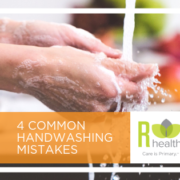
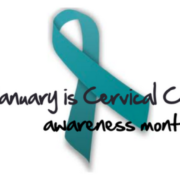

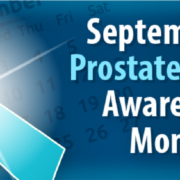

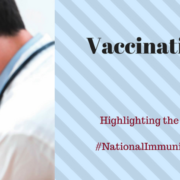

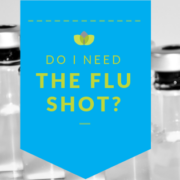



Leave a Reply
Want to join the discussion?Feel free to contribute!